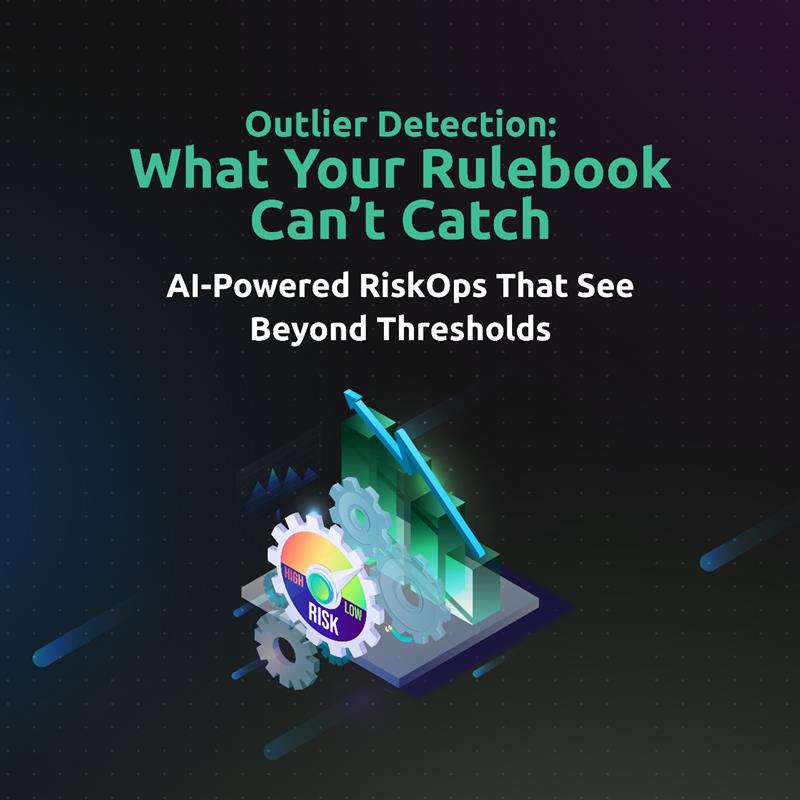Why Real-Time Risk Monitoring is No Longer Optional in Financial Trading
In today's fast-paced financial markets, understanding risk is crucial for every trade, algorithm, and portfolio decision. The days of evaluating risk after the fact are over. With asset prices changing in milliseconds, increasing regulatory demands and the rise of new instruments, the ability to monitor risk in real time has become essential.
The Landscape Has Changed
Market Complexity & Speed
Financial markets produce vast amounts of data across equities, derivatives, foreign exchange, and fixed income, often at very high frequencies. Traditional risk analysis methods, which rely on periodic batch processes, daily reports, or end-of-day summaries, can no longer keep up.
Volatility & Event Risk
Unexpected macroeconomic announcements, geopolitical shocks, or flash crashes can lead to significant losses within minutes. One source notes, "Real-time data can help traders adjust positions by selling certain assets or hedging their bets to reduce risk and limit potential losses."
Regulatory Pressure & Compliance
Regulators expect companies to show that their risk controls are ongoing, not sporadic. Monitoring exposures, margining, and liquidity in real time helps avoid regulatory breaches, fines, and damage to reputation.
Why Real-Time Risk Monitoring Is Now Essential
- Proactive vs. Reactive Risk Control
Real-time monitoring allows firms to spot emerging threats rather than react after losses happen. This proactive approach provides a competitive edge.
- Intraday Exposure Management
For trading desks and hedge funds, risk is a dynamic factor: exposures can grow, shrink, or switch direction within minutes. Real-time systems enable continuous monitoring of Greeks, volumes, and price changes.
- Faster Decision-Making
Delays in decision-making can be costly. If risks are identified but action is postponed, opportunities are lost. A real-time monitoring system supports alerts and dashboards that facilitate immediate action.
- Technology Enables It
Advances in streaming data platforms, in-memory computing, and event processing make real-time risk monitoring both feasible and affordable.
Key Components of Effective Real-Time Monitoring
Data ingestion & processing: Collect tick-level or near-tick data from markets, positions, orders, margin, and liquidity metrics.
Analytics & modeling: Calculate exposures, Value at Risk (VaR), scenario shocks, and Greeks for options in real time.
Alerts & dashboards: Provide visual alerts and notifications when thresholds are exceeded so actions can be taken immediately.
Integration & automation: Ensure systems connect with trading platforms, risk engines, and automated execution to act quickly.
Governance & compliance: Maintain audit trails, regulatory reporting, and controls over data and decision-making processes.
Challenges and How to Overcome Them
Legacy Systems: Many organizations still use outdated architectures that struggle with real-time data processing.
Data Quality & Integration: Real-time data feeds from various markets must be cleaned, standardized, and correlated properly.
Complex Modeling in Real Time: Instruments like derivatives or algorithmic trades require fast, accurate models to manage their complexity effectively.
Cultural & Operational Change: Companies may need to shift from periodic risk reviews to continuous monitoring and immediate action.
Real-World Impact
Firms that adopt real-time monitoring improve control over their risk exposure, enhance their response to market events, and strengthen their regulatory compliance. On the other hand, delays or lapses in monitoring can result in losses, regulatory penalties, and damage to reputation.
Conclusion
Real-time risk monitoring isn't a luxury, it's the way to trade with confidence in modern markets. If you want to see how this works in your desk or firm, request a demo and try live alerts, dashboards, and compliance workflows in action.



